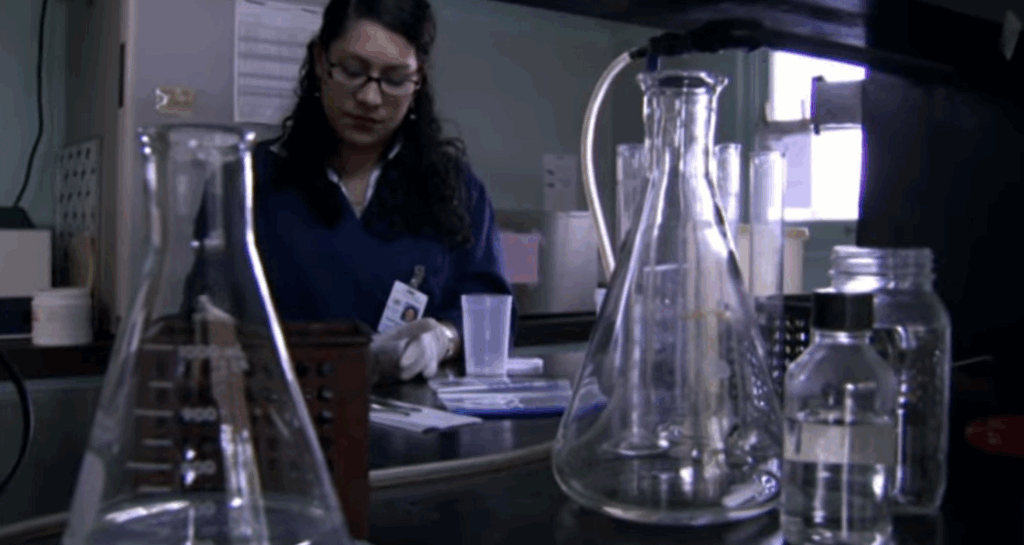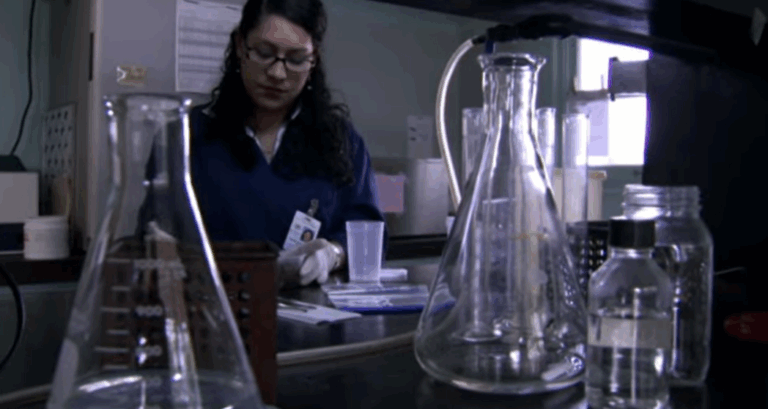Occasionally, a long-considered exotic disease begins to appear in unexpected places. That’s exactly what’s happening with Rat Worm Lung Disease, or more precisely, angiostrongyliasis. Despite having Southeast Asian origins, this parasitic threat has gradually infiltrated the diets of gullible people all over the world by riding along on unwashed vegetables, undercooked snails, and even tainted seafood.
Concerning cases have surfaced in locations such as Hawaii, Florida, and Queensland, Australia, during the last two years. Once thought to be extremely rare, this condition is now strikingly similar to other foodborne infections that are becoming more common as a result of changes in food supply chains and global warming. Rats’ and mollusks’ habitats grow as floods occur more frequently and temperatures rise, increasing the interaction between parasites and human food.
Angiostrongylus cantonensis, the parasite that causes the illness, starts in rats and spreads to slugs and snails through their excrement. The parasite enters the central nervous system and can cause eosinophilic meningitis when humans ingest these intermediate hosts, whether knowingly or unknowingly. With symptoms like excruciating headaches, stiff neck, nausea, visual abnormalities, and occasionally seizures, it’s a particularly nasty form of meningitis. Sadly, it can pass for the flu or migraines, delaying diagnosis and potentially worsening results.

The parasite’s stealthy persistence is of particular concern to public health authorities. Rat lungworm is not communicative, in contrast to many bacteria or viruses. Rather, it functions with subtle patience, lurking within a snail inside a cabbage head or waiting in lettuce leaves. Thoroughly cleaning produce turns into a defensive tactic rather than merely a matter of hygiene. This warning is especially important for celebrities who support organic eating or farm-to-table lifestyles.
Consider Chris Pratt, an actor who is well-known for his dedication to foraging and outdoor living. Although he hasn’t experienced the illness himself, he has shared videos of himself cooking vegetables and food that he has caught in the wild. In the absence of strict cleaning and cooking, experts warn that such naturalistic practices may be inadvertently dangerous. Similarly, an increase in parasite-related illnesses has accompanied the popularity of raw food diets, which have been promoted by wellness bloggers and influencers. The parallel is difficult to overlook even though it is not causally related.
Rat Worm Lung Disease has a cautiously optimistic prognosis despite the risks. The majority of patients, including those who get meningitis, recover completely over time, according to the Cleveland Clinic. Although fatalities are extremely uncommon, symptoms may last for weeks or months as the parasites die and the inflammation subsides. Usually, treatment consists of controlling inflammation and pain. Hospitalization is necessary in severe cases in order to monitor neurological symptoms and administer supportive care. Because no single anti-parasitic medication is guaranteed to be effective, prevention is even more important.
In contrast, other neurological infections that spread through the media tend to cause more fear than awareness. Vigilance, rather than contagion, is the problem with rat lungworm. Unusual tropical diseases were the subject of a 2024 Kelly Clarkson talk show segment. Viewers were cautioned by a guest from the Hawaii Department of Health about the dangers of consuming raw seafood or wild produce from unreliable sources. Thousands of Google searches were generated by that brief video. Public health messaging is incredibly powerful at influencing behavior, particularly when it is delivered by well-known individuals.
Food equity and sanitation are two major societal issues that are impacted by the disease’s resurgence. Diseases like these disproportionately affect communities that lack refrigeration or clean water. Despite being empowering, urban gardening may unintentionally expose participants to parasite-carrying slugs or snails if safety measures aren’t followed. These days, educational campaigns stress not only the satisfaction of picking your own kale but also how important it is to check it carefully.
Stressed snails release more larvae, which may raise the risk of infection, according to recent research from the University of Hawaii. Although disturbing, that finding brings to light a complex reality: ecosystems change when faced with stress. The behaviors of the animals that inhabit them change along with their habitats. The way healthcare systems adapt is also a reflection of this adaptive stress response. Simplifying diagnosis and treatment, especially in high-risk areas, is the goal of new guidelines released in 2025.
In an effort to track the spread, the CDC and NSW Health have collaborated to release maps that indicate clusters of cases connected to recent rainstorms and invasive species outbreaks. Particularly in regions where parasitic diseases have not historically been prevalent, these images have significantly raised public awareness.
It’s still surprisingly easy to prevent. Complete cooking eradicates the parasite. Larvae can also be reliably removed by washing vegetables and herbs under clean running water. When gardening, people are advised to wear gloves and refrain from bare-handed contact with snails or slugs. Although it sounds almost childish, this advice works incredibly well in real life.
One is forced to think of other illnesses that started out slowly. Once limited to remote wooded areas, Lyme disease is now a national issue. If preventive education doesn’t keep up with the rat lungworm’s migration, the same might eventually be the case. For this reason, experts now advocate for increased food safety instruction in schools, beginning at the elementary school level.
The disease affects people of all demographics, despite the fact that it does not discriminate. Backpackers foraging in damp forests and Instagram-famous chefs displaying raw seafood delicacies are just two examples of the dangers that persist unless awareness is increased. Although it doesn’t currently make as much news as COVID-19, rat worm lung disease is steadily spreading.


